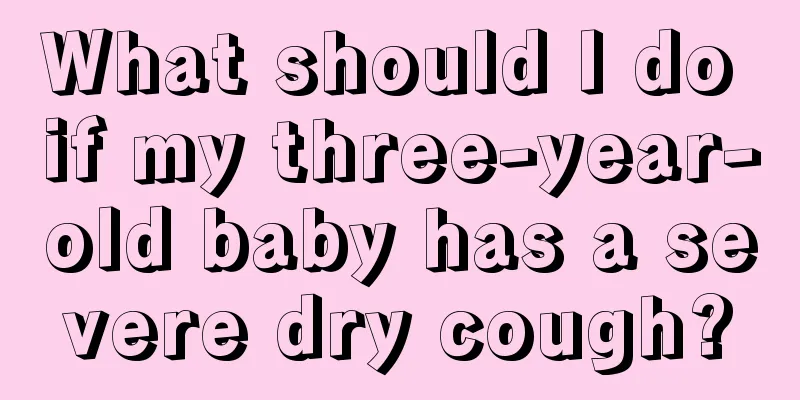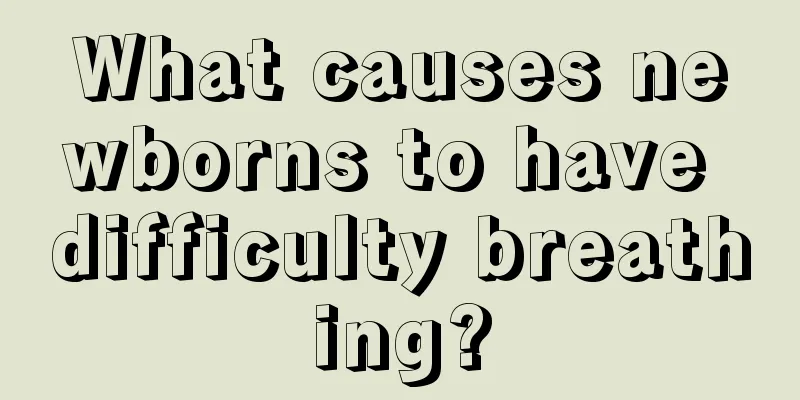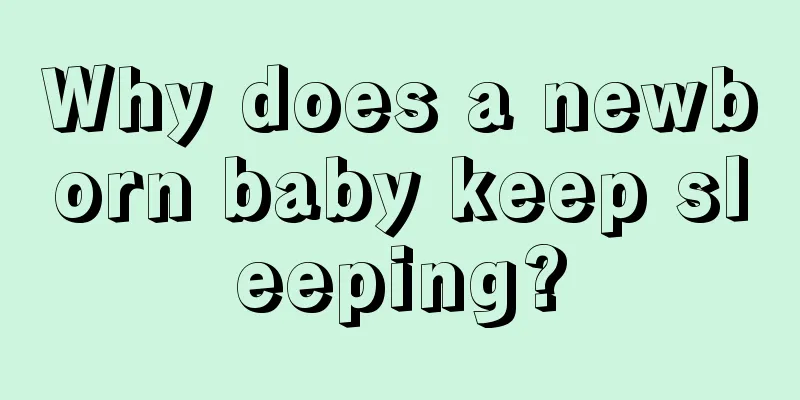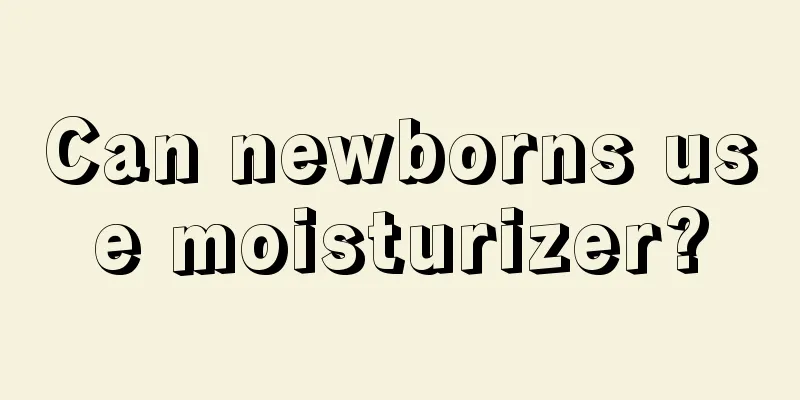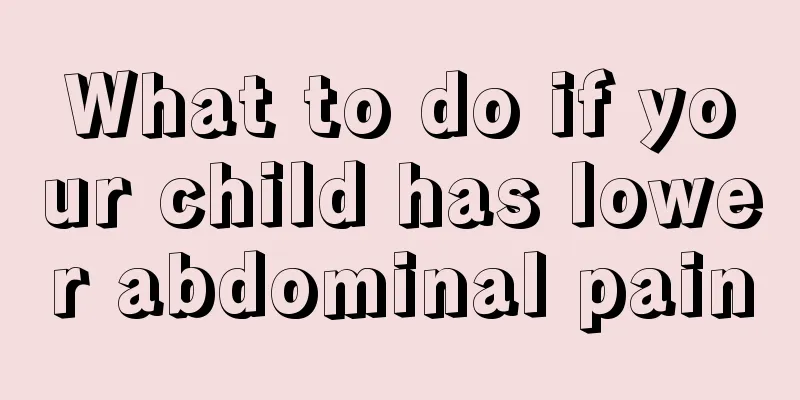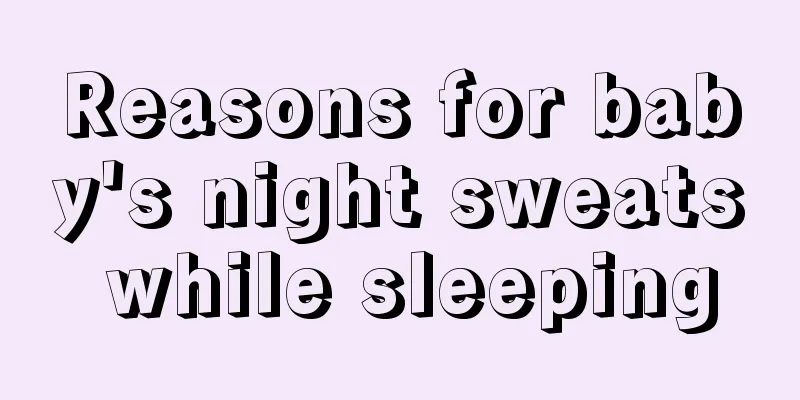The child is hot and has cold hands and feet
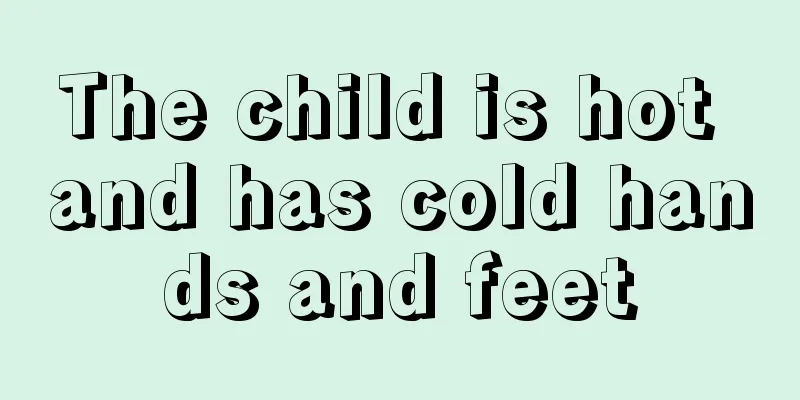
|
If a child becomes hot but has cold hands and feet during his/her growth period, this may mean that the child's body temperature is relatively hot. Since the child's body resistance is low during development, it is easy for the child to have cold hands and feet. A child's fever can also easily cause this symptom. You can use physical cooling methods to cool the child down, and give the child more water to drink. Why is the child hot but cold hands and feet? If your baby has cold hands and feet, it doesn’t mean that he is sick or is wearing too little. Generally speaking, the temperature of babies' limbs is lower than that of adults under normal circumstances. This is mainly because their hearts are weaker and their blood pressure is lower. Therefore, when considering whether the baby is cold or not and whether to add more clothes, you cannot use the temperature of the hands and feet as the standard. Instead, touch the chest and back. If it is warm and there is no sweat, it proves that it is just right. Secondly, the human body temperature is controlled by the temperature center of the hypothalamus. When the human body is infected by a virus or bacteria, the temperature center will raise the temperature set point because a higher temperature will help white blood cells defeat the invaders. To achieve a higher body temperature, the human body will adjust in two ways: on the one hand, it increases heat production, and on the other hand, it reduces heat dissipation. The latter is most pronounced in the hands and feet. Hands and feet are important parts of the human body responsible for heat dissipation. When the human body needs to reduce heat dissipation, it is naturally very important to lower the heat dissipation of hands and feet, resulting in them feeling colder. Third, cold hands and feet often appear in the initial stages of a fever. It should be noted that many times the patient feels cold all over, which may be a precursor to a rapid increase in body temperature. What to do when you feel cold? Many parents will use the "covering sweat" method at this time, thinking that as long as the baby sweats, the fever can be reduced. This practice is absolutely unacceptable. Because children's sweat glands are underdeveloped, when they have a fever and sweat, they often get hotter and hotter, which can easily cause "heat syndrome" and induce high fever convulsions. The correct approach should be: Cold hands and feet generally means a higher fever, so you must soak your child's feet and try to make them sweat; however, the water temperature should not be too high and the time should not be too long for children to soak their feet, so you should keep rubbing your child's hands and feet, or directly put your child's feet in your arms and cover them, but only cover their hands and feet when they are cold, not other places. |
<<: What to do if your baby has tonsillitis and fever
>>: Symptoms of social impairment in babies
Recommend
Can a one-year-old baby eat papaya?
Papaya has a soft and sweet texture, which is mor...
What to do if baby spits up milk from nose
We all know that some organs in the baby's bo...
What are the symptoms of developmental impairment in children?
Childhood is the best time for growth. If nutriti...
Why does the baby's nose turn blue and related suggestions
Every baby is loved by many people, such as mom, ...
Is it better to use a cold towel or a hot towel when a child has a fever?
There is a saying passed down by the elderly: The...
How should colic in children be treated?
Although baby colic is not a disease, if a baby h...
What should I do if my child has a cough for half a year?
In life, people will encounter some difficult dis...
What to do if your child's nose is blocked
Every part of a child's body is fragile. When...
Is it normal for the back of a baby's hands to turn blue?
Generally, we can see the back of babies' han...
What should I do if my child has urticaria and fever?
Urticaria is a very common skin disease, of cours...
What should I do if my child has tonsil suppuration and high fever?
For children, tonsillitis is very likely to occur...
Baby vaccinations
Everyone knows that the body resistance of a newb...
Why is my child's poop green?
When a child's poop is green, some parents ma...
How to cook chicken for babies
For families with babies, cooking for the babies ...
Can a three-year-old baby drink pure milk?
Babies need to rely on breast milk for a long tim...


